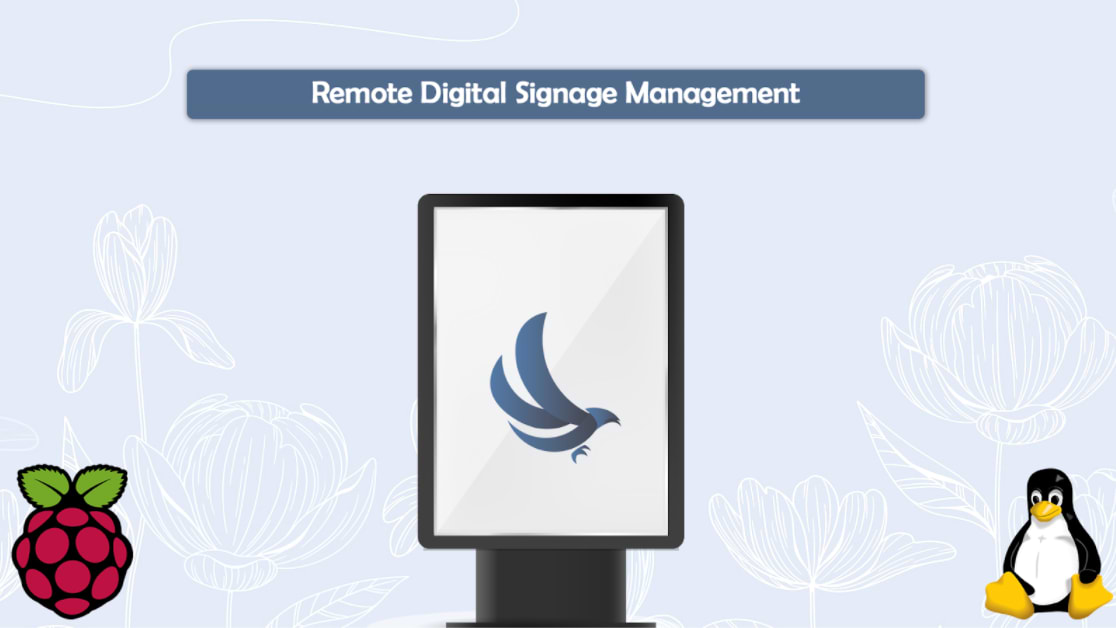Managing Remote Linux Screens And Digital Signage
Digitalization of the modern world has transformed most of the industries (if not all of them) and have added much more benefits than they had in the past few decades. Advertisement industry is one such vastly changed industry, which has transformed from printed material to dynamic, digital displays that are much more customizable.
If you are an owner or a manager of an advertising company that has ad displays placed across the city/country, you might have come across one of more of the below issues at some point in your career.
When it comes to advertising that involves digital signage, many advertisement companies face a few common issues:
- Monitoring their remotely deployed advertisement displays
- Managing the advertisement displays/signages
- Updating the signage displays
In this post, let’s talk about how WE can help YOU to manage your digital signage screens; remotely and securely.

Remote ad displays/ digital signage and use of Raspberry Pis
Nowadays, digital banners and ad displays are much more common in both cities and buildings, due to their high customizability and lower-costs when compared to one-time use printed material. Therefore, advertisement companies are focusing more on digital sign boards rather than printed material. These signage screens usually consist of;
- A main, large outdoor/indoor display
- Computer/ video decoder
- Secondary monitor display
With the recent popularity of single board computers such as Raspberry Pi and software packages such as piSignage has provided the easy creation of a digital signage display
However, almost all of these deployments have one common issue: maintenance. Typically, these displays display ads and other video/still graphic information on a slide-show method and are usually stored offline within the local storage of those devices. Therefore, every so often, these pre-programmed graphics need to be updated as new advertisements are needed to be shown.
For example, self-service vending machines (kiosk) and ATM machines are usually programmed to display advertisements of various partner companies while the device is not being used by a customer. Since these machines can be placed country-wide, individual physical updating and monitoring of these machines is nearly impossible.
So far, most of the above mentioned companies use simple methods for updating the ad content on those devices such as replacing the video/image slideshow files whenever it is required by manually accessing the machine. Sometimes they use remote tools such as Teamviewer or Anydesk to remotely replace those files.
A tool to update multiple digital signage devices with a single click?
YES! You guessed it right, this is where JFrog Connect steps in to ease your work. We introduce you to our Micro Update tool, a powerful feature of our dashboard which can be used to remotely update files and folders of your embedded Linux IoT devices such as digital signage, advertisement displays and all types of similar devices with a few clicks.
Through the micro update tool, you can;
- Upload files/directories remotely to one or more of your devices simultaneously
- Execute pre and post update commands such as system updates and security patches
- Dependency installation
- Rollback to previous versions of files and folders
We ensure that all the mentioned tasks are done through highly secured, encrypted connections which ensure the safety of your edge devices and information stored on them.



